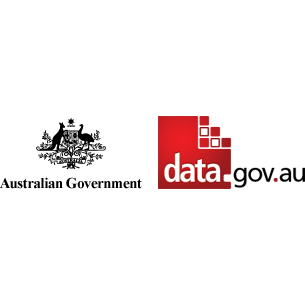Brief description
In 2015, the Department of Health introduced the Modified Monash Model (MMM) classification system as it better targets health workforce programs by categorising metropolitan, regional, rural and remote areas according to both geographical remoteness, as defined by the Australian Bureau of Statistics, and town size. The MMM 2019 was updated on 1 July 2019 to use the latest available Australian Bureau of Statistics (2016) Census data and geography information. Health programs will begin transitioning to the new MMM from 1 January 2020.The 2019 MMM uses the following data sets:
•\tAustralian Statistical Geography Standard 2016 Statistical Area 1; and Urban Centres and Localities as the geographic bases;
•\tAustralian Statistical Geography Standard – Remoteness Area 2016 as the ABS remoteness classification (based on Accessibility and Remoteness Index of Australia (ARIA+);
•\tEstimated Resident Population 2016; and
•\tPublic Sector Mapping Agency 2018 Australian road network.
Full description
MMM 2019 CSV.zip - The MMM 2019 was updated on 1 July 2019 to use the latest available Australian Bureau of Statistics (2016) Census data and geography information. Health programs will begin transitioning to the new MMM from 1 January 2020.\r\nThe 2019 MMM uses the following data sets: \r\n•\tAustralian Statistical Geography Standard 2016 Statistical Area 1; and Urban Centres and Localities as the geographic bases; \r\n•\tAustralian Statistical Geography Standard – Remoteness Area 2016 as the ABS remoteness classification (based on Accessibility and Remoteness Index of Australia (ARIA+); \r\n•\tEstimated Resident Population 2016; and \r\n•\tPublic Sector Mapping Agency 2018 Australian road network. \r\nMMM 2019 Shape.zip - MMM 2019 Shapefile
Spatial Coverage And Location
text: http://www.ga.gov.au/place-names/PlaceDetails.jsp?submit1=GA1
Subjects
User Contributed Tags
Login to tag this record with meaningful keywords to make it easier to discover
Identifiers
- Local : modified-monash-model-mmm-2019
- URI : data.gov.au/dataset/a5cfc2c8-f0da-4aa1-8e19-7b5d7a9a5f56



